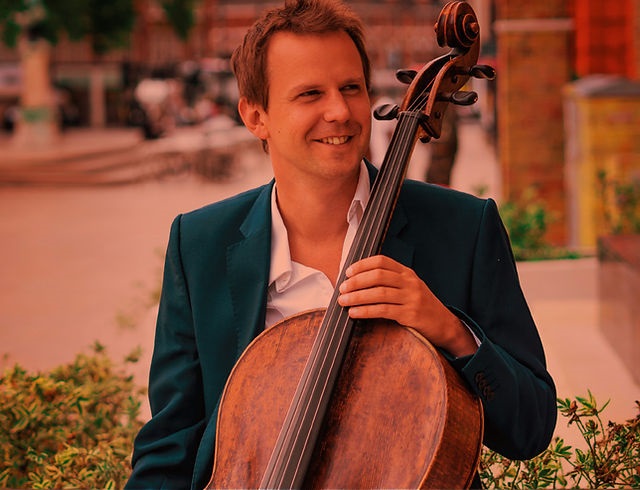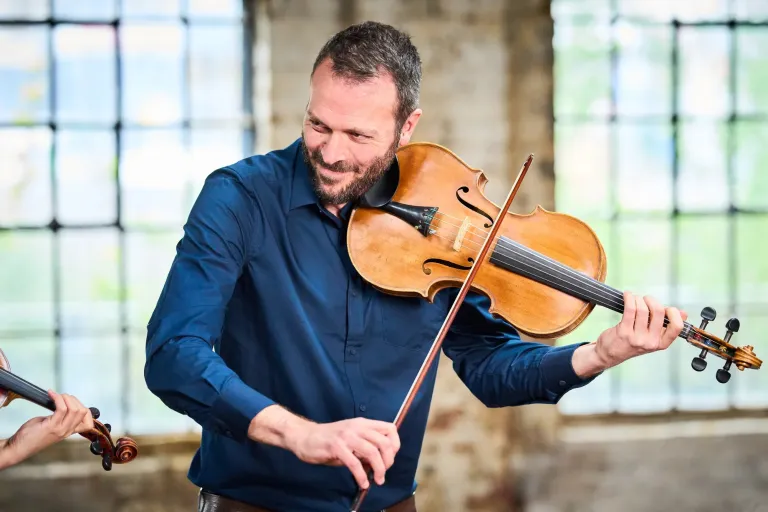
THERE was much to admire in the performance of the opening Haydn’s String Quartet in C major Op 33, No. 3 (The Bird) and why wouldn’t there be: excellent players and one of Haydn’s finest Quartets.
The nickname, The Bird, is derived from the early first violin chirping calls, acciaccaturas (very short, crisp notes), which convincingly transformed into haunting passages, sequences of very quiet, gently clashing suspensions.
The second movement Scherzo was, for the most part, hymn-like, the playing (on the lower strings) genuinely touching. The bird calling card did make an unexpected appearance in the central Trio section. Humorous and so Haydnesque.
The ‘authentic’ Adagio was effectively and poignantly delivered. The Rondo finale is ever-so-gently bonkers. Folk music, Hungarian gypsy energy, crazy batting of the theme between the violins and viola plus cello with the ending vanishing into a wisp of smoke.
But there were issues too. Intonation was not always dead centre – the high violin passage at the very opening and again in the Trio reappearance (second movement) with the two violins playing on their upper strings.
Sometimes the cello too wasn’t quite on pitch. But these were rare, and this is a technically demanding work with no places to hide. Another issue was balance.
Matters improved with the instrumental changing of the guard. The ever-excellent Tim Lowe’s (cello) insight and technical assurance was immediately self-evident in the following Tchaikovsky (String Quartet No.1 in D major, Op 11), but it was the introduction of Gary Pomeroy (viola) that seemed to be critical.
As the second half Dvořák clearly demonstrated, Simone van der Giessen is an excellent viola player, but in the Haydn the viola contributions were less prominent. Hence the balance issue, but why this was so I couldn’t honestly say.

It is perhaps worth noting that Tchaikovsky’s D major Quartet is less technically demanding than the Haydn. It was still a terrific performance though.
The rising and falling chords of the opening Moderato have been likened to the playing of an accordion. For me, it created an image of a gorgeous sunrise. Well, each to their own.
The rich textures and contrapuntal dialogue were very well delivered, contributing to a highly enjoyable, generous (eight-nine minutes?) opening movement. The outstanding movement was the folk-inspired Andante cantabile. It is just so poignant, so beautiful. The balance, the shape and the playing were quite delightful. At times I thought the first violin sounded like a cor anglais or soprano saxophone.
The energetic peasant dance-like Scherzo was rhythmically tight, the accents crisply delivered and confident playing throughout.
Much the same could be said of the closing Allegro finale. The performance was tight, crisp, with a fine viola solo and a razor-sharp signing-off.
The second half belonged to Dvořák’s String Quintet in Eb Major, Op 97. The opening Allegro came across as a generous, giving performance. The reappearance of the main theme – fortissimo and in octaves was decidedly emphatic and the quiet sense of return, of coming full circle, was very effective.
As was the second movement Scherzo. The drumbeat rhythm is tapped out on the second viola whilst the real melodic focus belongs to the first viola (Dvořák was himself a viola player).
The musical soul of the work is in the third movement Larghetto, and that is precisely what came across. There were notably fine contributions from Gary Pomeroy (first viola), Tim Lowe (cello) and Ben Hancox (first violin) – intricate, ornamented pizzicato playing. The Rondo finale was full of zest whilst generating an infectious love for the music itself.
Review by Steve Crowther
